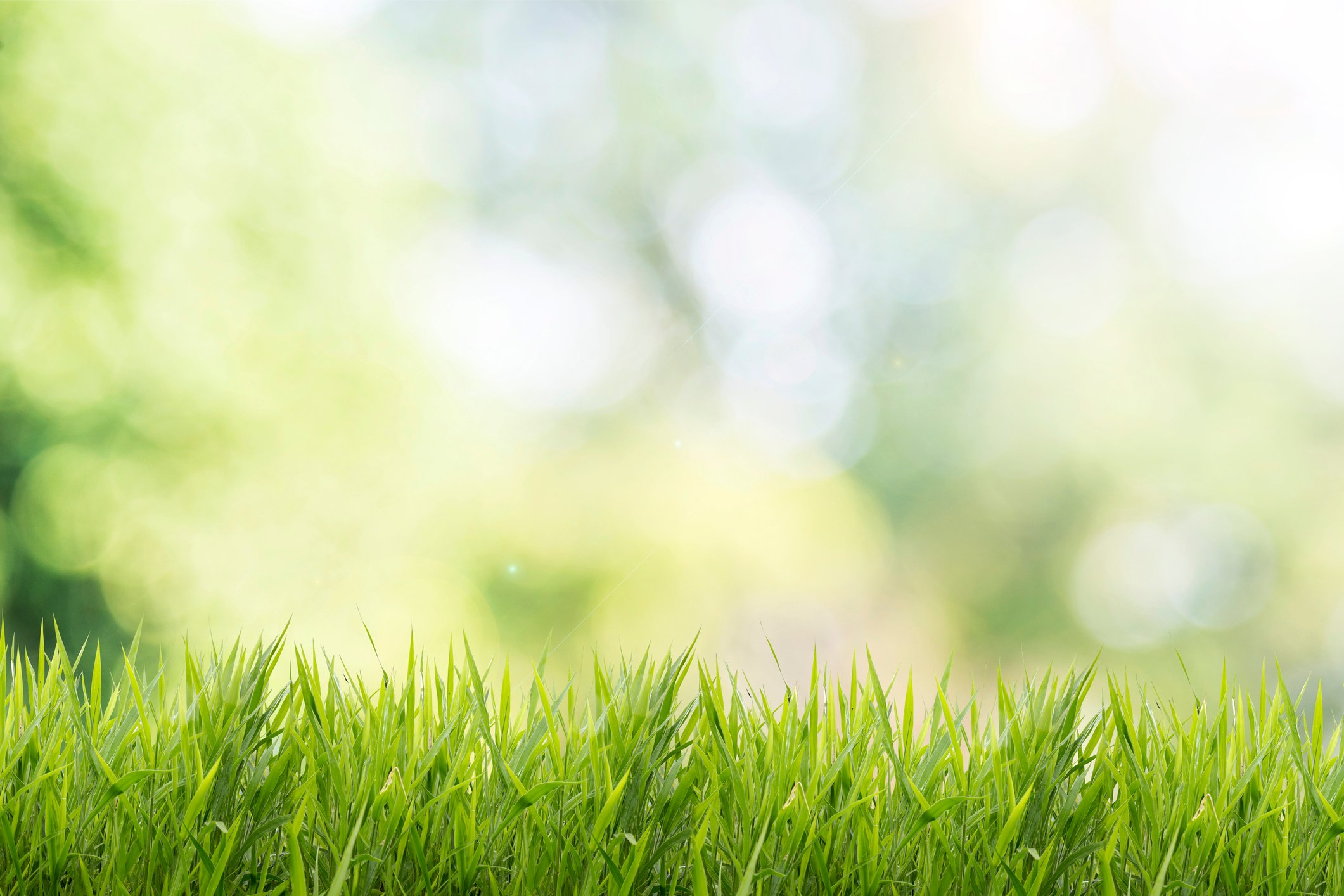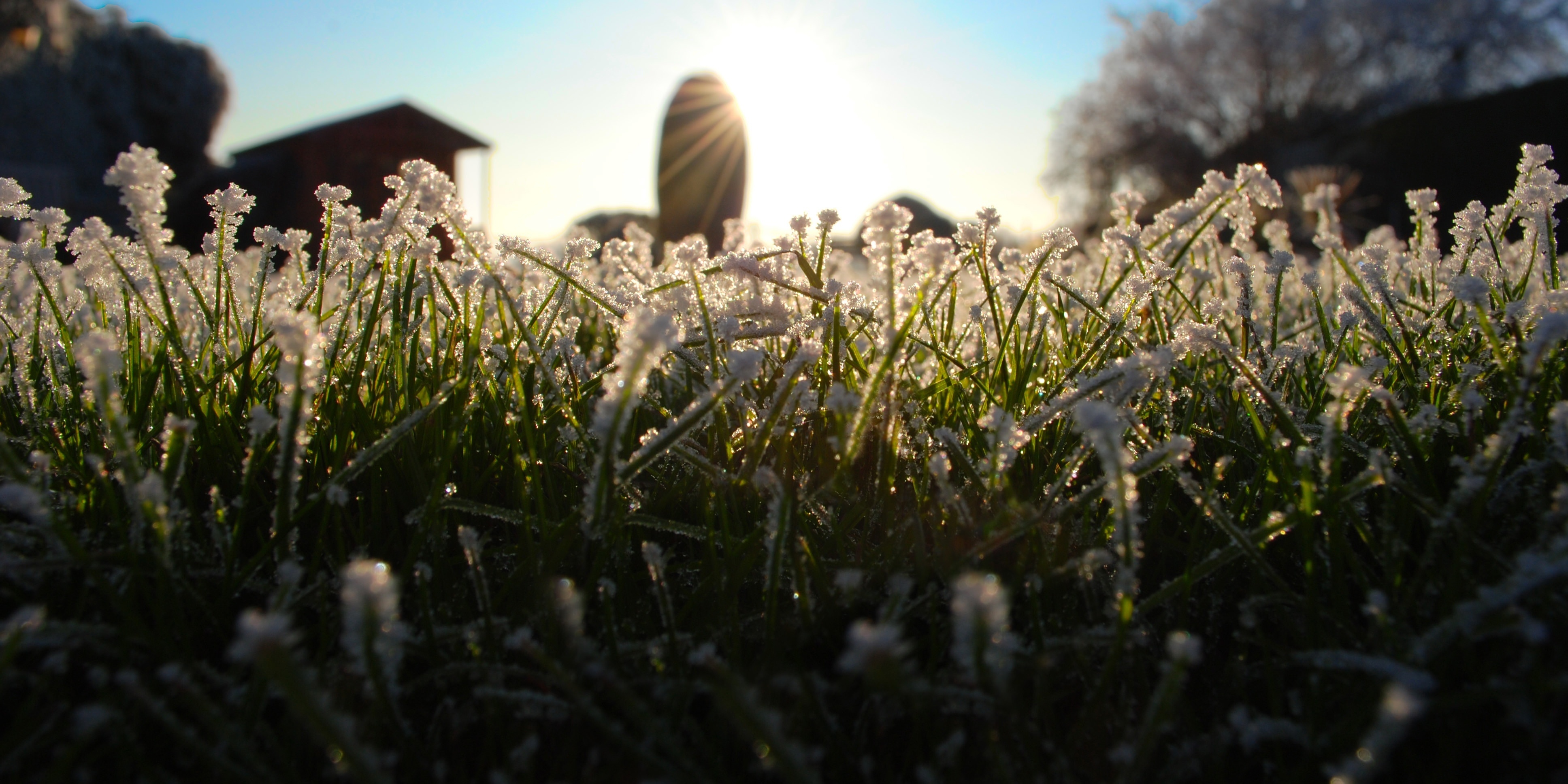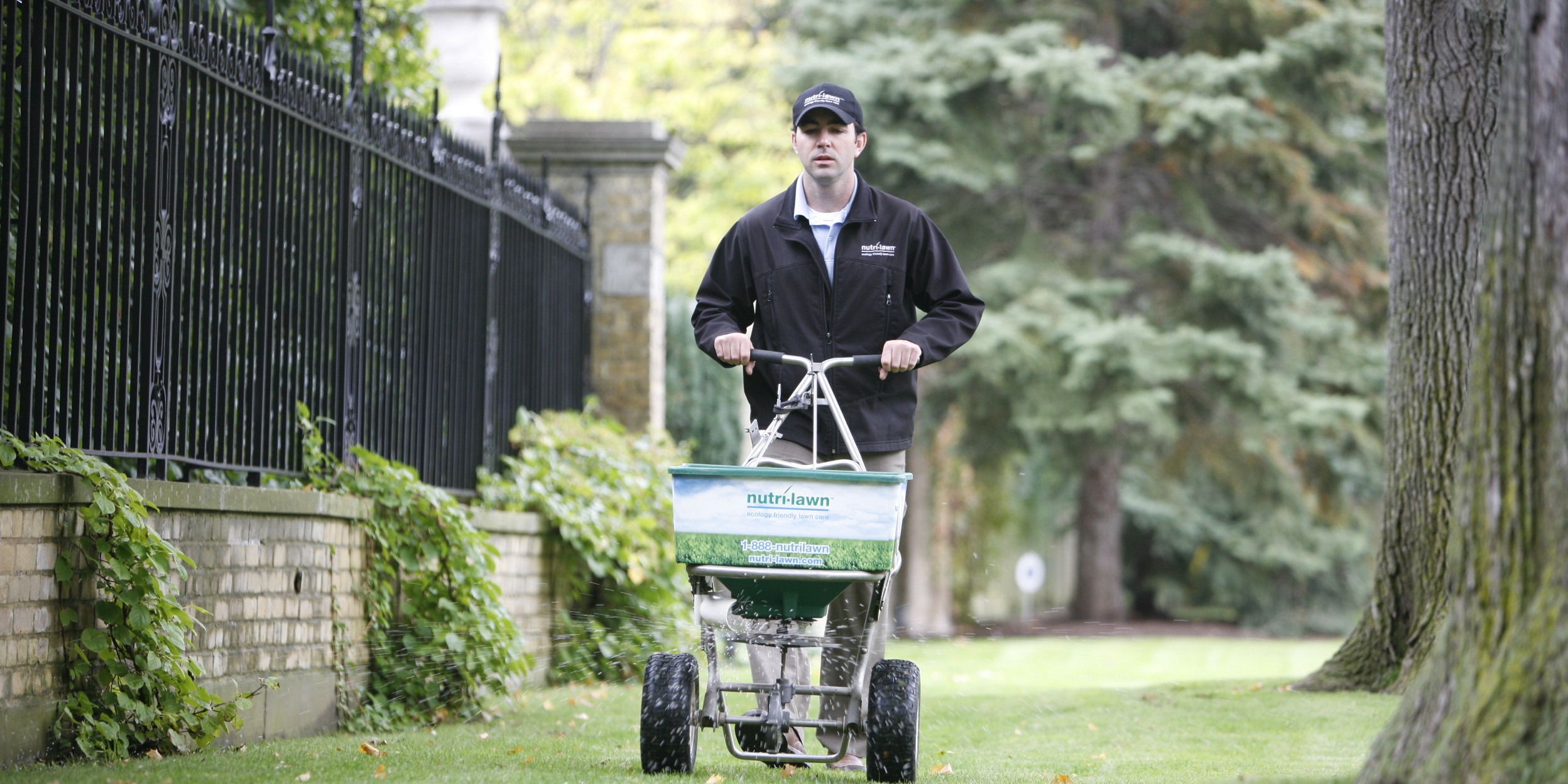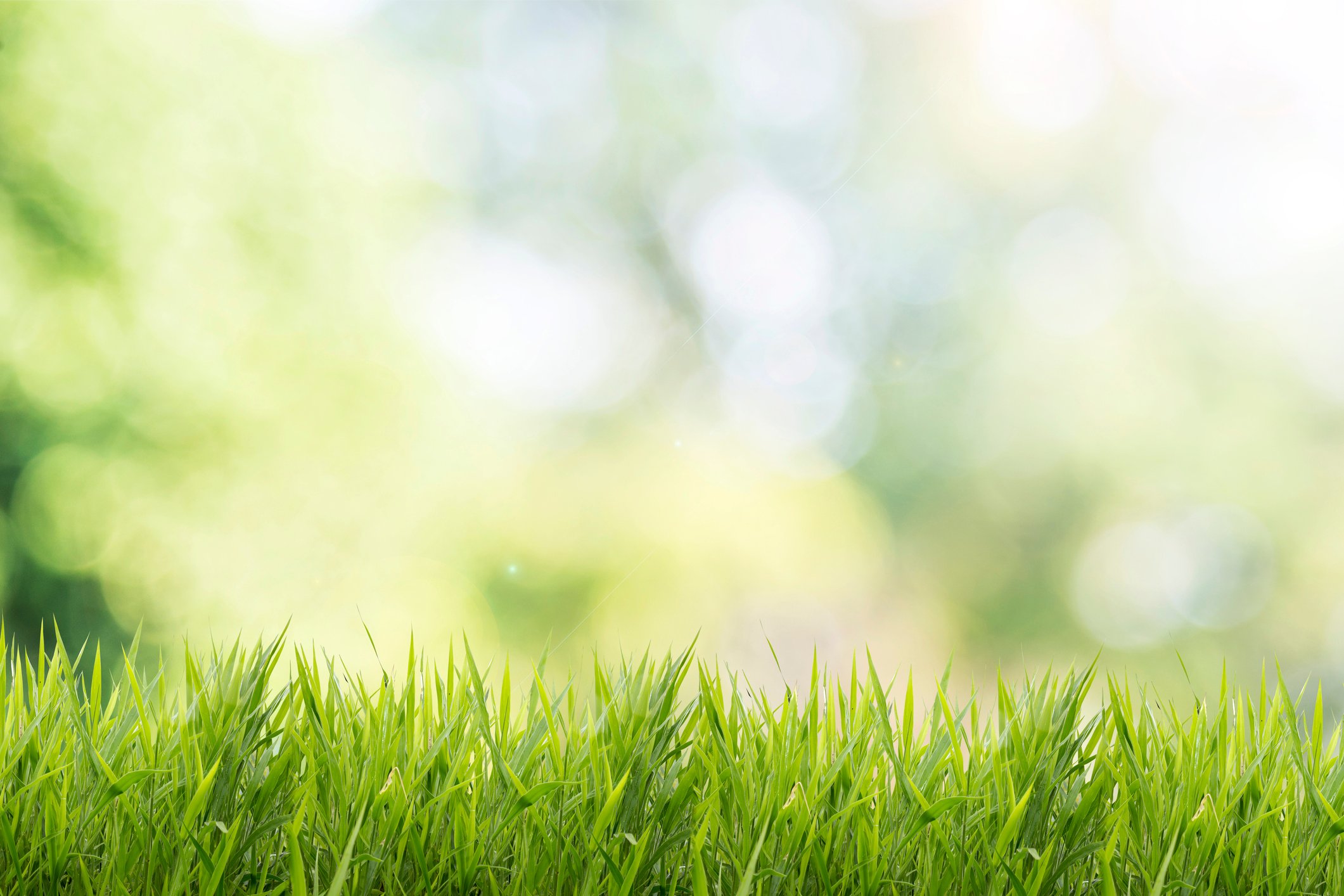
As the snow disappears and the temperatures climb, many winter-weary Canadians head outside to spend some quality time with their lawns. Finally, some green!
After months of snow and ice cover, however, most lawns have incurred some type of damage and will come out of the winter months looking a little worse for wear. Most issues can be remedied, especially with Nutri-Lawn's help, but some home owners do more damage than they realize when trying to over-correct.
We know it's hard not to get over-eager; heck, we've all been there before! But with a little patience and the right information, you can keep yourself from doing more harm than good to your lawn. Here's some mistakes you may be making as you prepare your yard for spring.
Stepping on your grass too early

This can a hard one for most Canadians; and really, how can we blame them after such a long winter? But while it may be enticing to jump straight into your spring routine, it's best to leave your yard clean-up until the soil has dried out a bit after the thaw, as walking on a lawn too soon is detrimental to its health.
If your soil has already dried and is really compact, aerating is important. An aerating roller pokes holes in the soil which allows moisture and oxygen to penetrate, making for healthier grass.
Not Dethatching
Need a quick reminder on thatch? It is that mixture of living and dead plant matter that sits between the greenery of your grass and your soil.
When you can finally see your grass for the first time after the snow melts, you may notice light brownish patches in and around the green grass. This organic debris isn't able to break down as fast as it is produced, resulting in thatch. A thin layer of thatch is important because it can help protect our lawns from winter damage. It's because of this that home owners just decide they'll let the thatch bio-degrade on its own, not realizing that a thick layer of thatch can suffocate the yard or incubate insects or disease-ridden organisms.
Fertilizing too soon

As you lawn lovers well know, the purpose of fertilizer is to help your grass grow green and thick and healthy. Before fertilizer is applied to your yard, you want your grass to have awoken from its dormant season and greened up a bit, which, in some parts of Canada, isn't typically until the beginning of May. If you fertilize before the soil and the grass is ready, you may be wasting fertilizer or worse, helping the weeds to grow faster than they already do.
Leaving things to the last minute
Proper lawn care, like anything in life, usually comes down to preparation. While waiting for spring conditions to improve, use the extra time to take on maintenance tasks that you didn't have time for during the winter. Your mower needs regular tune-ups to make sure that everything is in working order, and late late winter/early spring is a good time to do it.
You should inspect your mower for damaged parts, install a new spark plug, change the oil, empty the gas tank and remove the dull mower blades for sharpening. For those of you that aren't do-it-yourselfers, take your mowers to a small engine repair shop or your local hardware store for the necessary repairs.
Follow us on Facebook for a new lawn care tip every Tuesday, and get every new The Grass Expert blog direct to your newsfeed.








